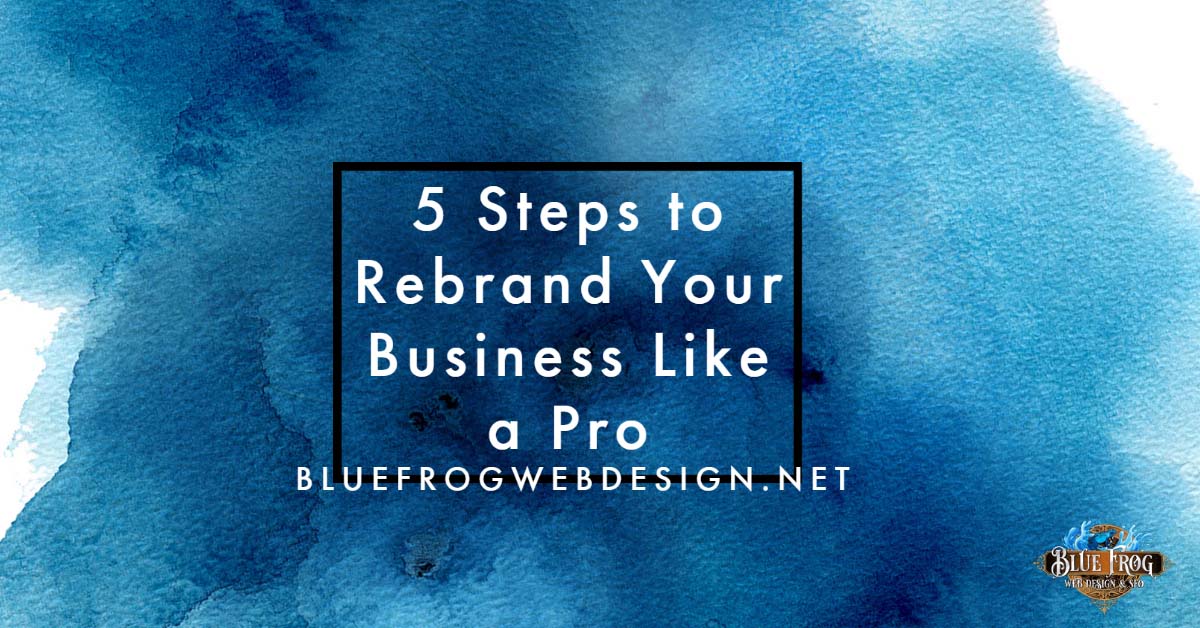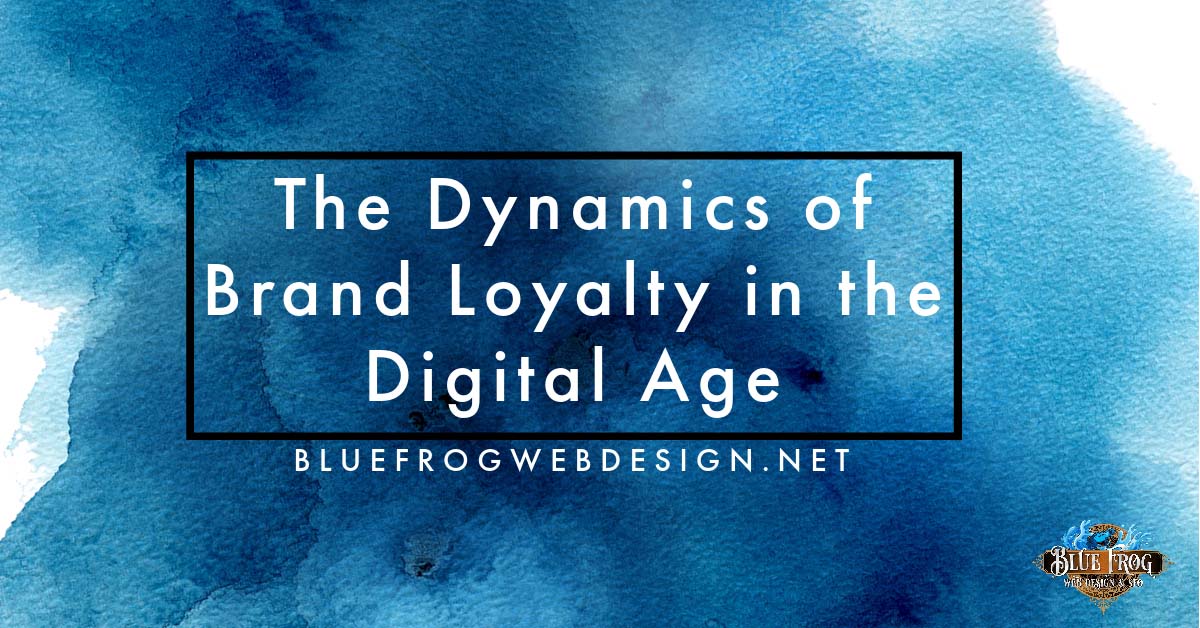Introduction to Digital Branding: Why It Matters
In today’s digital age, your online presence is not just an option, it’s a necessity. Think about it; when we want to know more about something, our first move is to Google it. That’s the power of the digital realm. This brings us to the importance of digital branding. It’s your brand’s identity online, and it’s how customers perceive you in the vast digital landscape. A strong digital brand sets you apart from the crowd, builds trust with your audience, and essentially drives growth. It’s not just about having a pretty website or being active on social media. It’s about creating a consistent, impactful presence that resonates with your audience across all digital platforms. So, why does it matter? Well, in a nutshell, it’s your digital handshake. First impressions matter and your online presence is often the first interaction potential customers have with your brand. Make it count.
Understanding Your Core Brand Values
Your core brand values are the heart of your digital identity. They’re what you stand for and what sets you apart from the competition. Picture your brand as a person. What are its beliefs? What’s its personality? These values will guide every decision you make, from the designs you choose to the words you use. Start by thinking about what’s important to your business and your customers. Is it innovation, reliability, community, or maybe sustainability? Keep it real and authentic; your audience can spot a fake from miles away. Once you’ve nailed down your core values, they’ll be your North Star, keeping your brand consistent across all digital platforms. Whether you’re tweeting, posting, or emailing, if it doesn’t align with your core values, think twice. Your audience will trust and connect with you more if they see your values shining through every interaction.
The Role of Visual Elements in Digital Branding
Visual elements are the backbone of digital branding. Think logos, colors, and fonts – these aren’t just random choices. Each visual plays a crucial role in making your brand recognizable and memorable. A well-designed logo can tell your brand’s story at a glance, while consistent use of colors and fonts across your digital presence cements your identity in the minds of your audience. Imagine seeing a swoosh; you instantly think of Nike, right? That’s the power of visual branding. It’s not just about looking good; it’s about creating a visual language that speaks directly to your audience, setting you apart from competitors. So, dive deep into understanding what visuals resonate with your target market and use them strategically. This way, your brand doesn’t just exist; it leaves an indelible mark.
Crafting a Consistent Voice Across Platforms
Crafting a consistent voice across platforms means you talk the same way on Instagram as you do on Twitter, your website, or any other place your brand shows up. This doesn’t mean you post the exact same content everywhere. Rather, it’s about keeping the same tone and style. If your brand is playful and casual on one platform, stay that way on all of them. This strategy helps your audience recognize you, no matter where they find you. To do this right, think about who your brand is as if it was a person. What words would it use? How does it react to news or trends? This persona guides how you talk in posts, respond to comments, and even in your ads. Remember, inconsistency confuses people. When they see the same voice everywhere, they trust you more. It makes your brand feel like a familiar friend instead of a faceless company. Keep it simple, keep it consistent, and watch as your digital brand identity strengthens.
Strategies to Enhance Your Digital Presence
To beef up your digital presence, start by nailing your website. It’s your digital storefront. Keep it sleek, fast, and mobile-friendly. Content is king, so churn out valuable, shareable pieces regularly. Blogs, videos, infographics? All good. Dive into SEO. Use the right keywords to make sure folks find you online. Social media isn’t just for fun. Use it strategically. Engage with your audience, use appropriate hashtags, and share quality content. Don’t ignore email marketing. A well-crafted email can bring a surprising amount of traffic and engagement. And remember, consistency is key across all platforms. Keep your brand voice and image steady, so people recognize you instantly. Lastly, track what’s working. Use analytics to understand your audience better and tweak your strategies accordingly. These steps, done right, can seriously level up your digital game.
Engaging with Your Audience: Tools and Techniques
Engaging with your audience is not just about posting stuff online and calling it a day. It’s about building relationships and making your audience feel seen and heard. To do this effectively, you gotta use the right tools and techniques. Social media platforms like Instagram, Twitter, and Facebook are your allies here. They let you interact directly with your followers through comments, Direct Messages, and live streaming. Another power move is email newsletters. They might sound old school, but they’re gold for sharing news, tips, and exclusive offers that make your audience feel special. Don’t forget surveys and polls. These tools offer a quick way to get feedback and understand what your audience really wants. By keeping your communication two-way and genuinely caring about your audience’s input, you’re not just talking at them; you’re talking with them. And that’s how you build a community around your brand.
Leveraging Social Media for Brand Identity
Social media isn’t just for scrolling through cat videos or finding out what your high school friends are up to—it’s a powerful tool for building your brand’s identity. Think of it as the megaphone that lets your brand’s voice be heard far and wide. The key is using it smartly. First off, know your audience. Are they hanging out on Instagram, Twitter, or maybe LinkedIn? Once you’ve got that figured out, engage with them. Post content that speaks to their interests and challenges. It’s not just about promoting your products or services; it’s about starting conversations and building relationships. Use hashtags smartly to reach beyond your existing followers. But remember, consistency is king. Your tone, style, and posting schedule should be consistent. This helps in creating a recognizable brand personality. Don’t spread yourself too thin, though. It’s better to be actively engaged on a few platforms than to have a weak presence on many. Lastly, measure your impact. See which posts get the most engagement and why. This will help you fine-tune your strategy over time. Social media is your brand’s digital doorstep. Make it welcoming, make it vibrant, and most importantly, make it true to your brand’s identity.
Monitoring and Adapting Your Digital Branding Strategy
In the digital world, nothing stays the same for long. You’ve set up your brand’s digital identity; now, it’s crucial to keep an eye on how it’s doing. Why? Because the online world moves fast, and what worked yesterday might not cut it tomorrow. You need to monitor your brand’s presence online and be ready to adapt. This means checking in on your website traffic, social media engagement, and how your target audience reacts to your content. See a drop in engagement or traffic? Don’t just sit on it. Tweak your strategy. Perhaps your audience’s needs have shifted, or there’s a new platform everyone’s moving to. Always be ready to evolve. Moreover, keep an eye on your competitors and the digital trends. Sometimes, the key to staying ahead is not just measuring your progress but also understanding the broader landscape you’re playing in. Remember, refining your digital branding strategy is not a one-off task—it’s an ongoing journey. Stay proactive, be adaptable, and never stop exploring new ways to connect with your audience.
Case Studies: Successful Digital Branding Examples
Looking at successful digital brands gives us insights and strategies that pave the way for building a strong digital identity. Take Apple, for example. Apple isn’t just known for its innovative products but also for its clean, minimalist branding and consistent messaging across all platforms. Their secret? Simple. Keep it clean, keep it innovative, and ensure your audience knows exactly what you stand for. Another example is Nike. They leveraged the power of motivational storytelling, using the “Just Do It” slogan to connect with athletes and non-athletes alike. Nike’s branding isn’t just about selling shoes; it’s about inspiring people to push their limits. These examples show that successful digital branding is more than logos and color schemes. It’s about creating a narrative that resonates with your audience, maintaining consistency, and seamlessly integrating your brand identity across all digital platforms. So, what can we learn from them? First, clarity in what you represent, and second, consistency in your message. Follow these, and you’re on the path to building a strong digital brand identity.
Conclusion: Maintaining a Dynamic Digital Brand Identity
Crafting a robust digital brand identity isn’t a one-time deal; it’s about staying active and relevant. Consistently tweak and update your strategies based on what’s working. Remember, feedback is golden. Listen to what your audience says – their likes, dislikes, and what they want to see more of. Use this information to evolve. Keep an eye on trends, but don’t lose your brand’s core essence chasing them. Your online presence should reflect your brand’s values and mission, always. Technologies and platforms will change but maintaining a dynamic digital brand identity means being adaptable without wavering on what makes your brand unique. Stay authentic, be responsive, and never stop learning. That’s how you keep your digital brand dynamic and enduring.






Need help with your marketing?
Let my team help you like we’ve helped lots of other businesses dominate their rankings and attract better-quality leads.










